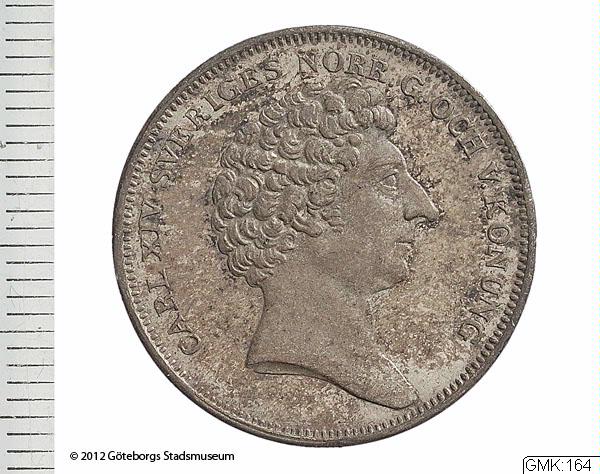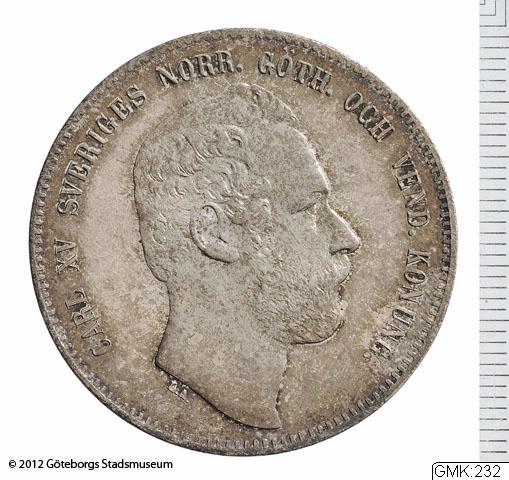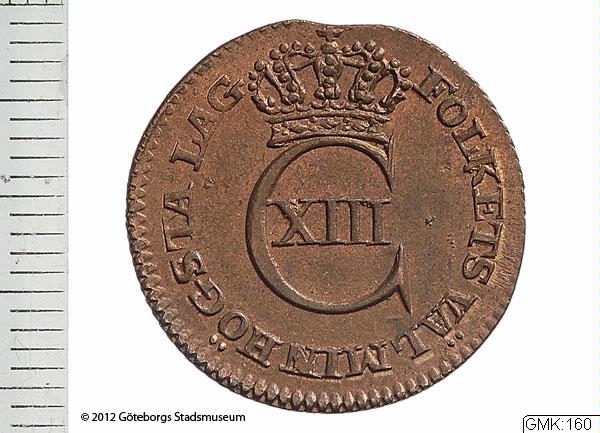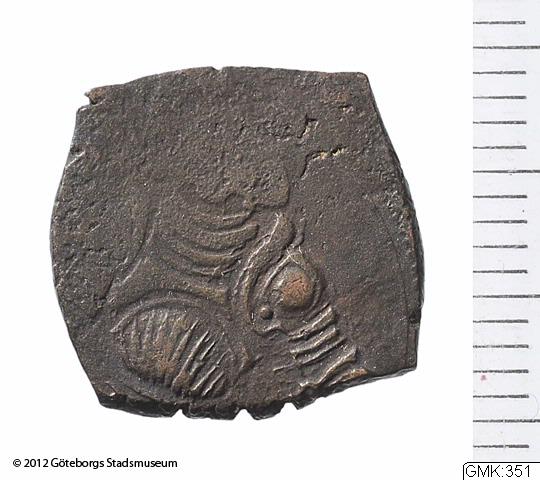Too many
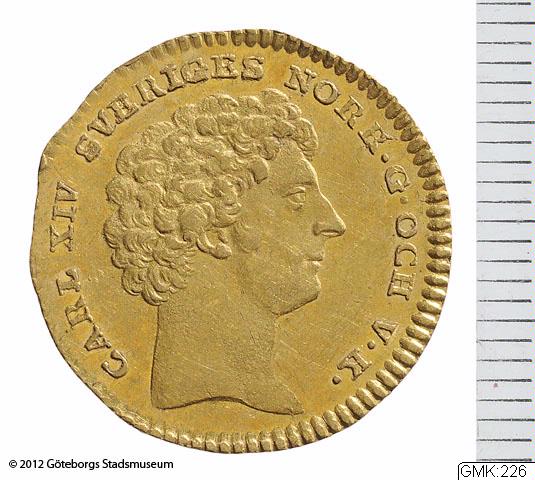
GMK:226
Until 1776 there were several different kinds of money in Sweden. Mark, öre and penningar were used in parallel with riksdaler and daler – which were not the same thing. Nor were ten riksdaler in banknotes the same thing as ten riksdaler in coins. Daler could also be made of either copper or silver. To simplify the whole system, the plan was that after 1776 there would only be 1 riksdaler, which was worth the same as 48 skilling, and 1 skilling, which was worth 12 runstycken. However, this did not solve the problems.
Both the central bank and the Swedish National Debt Office (Riksgäldskontoret) issued notes. All these notes lost value, but not to the same extent.In about 1830 the situation looked like this:There was one denomination of silver coin, the 1 riksdaler specie.There were two denominations of paper notes: the 1 riksdaler banco, which was worth 3/8 riksdaler specie, and the 1 riksdaler riksgälds, which was worth 1/4 riksdaler specie.The low-denomination coins were the 1 riksdaler banco, which was worth 48 skilling, and the 1 skilling, which was worth 12 runstycken.
Time and again, reforms were made to regularise the value of the different types of currency. When the decimal system was introduced in Sweden in 1855, the money was divided into units of 100, so that 1 riksdaler was comprised of 100 öre. People who already understood the new way of calculating, which was faster to use, had an advantage. Sometimes these persons could even make a quick profit from it.

